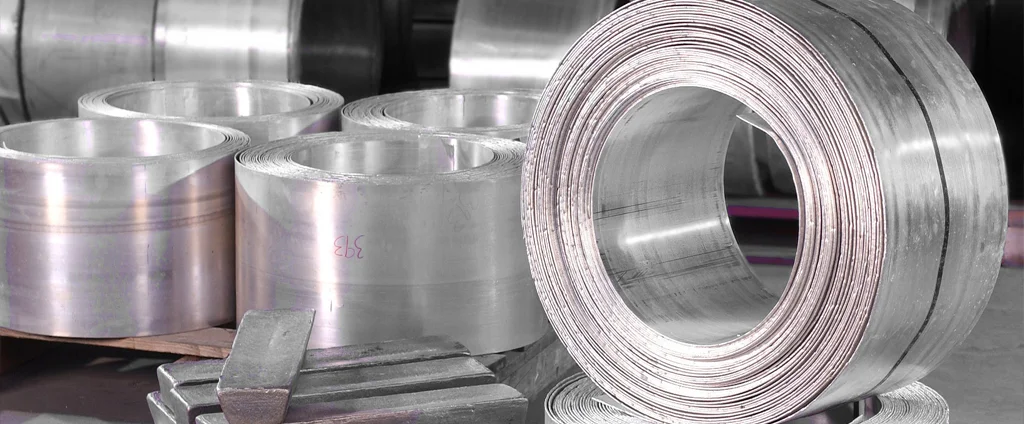Magnesium WE54A-T6 (UNS M18410)

WE54A-T6 is a high-strength, heat-treatable magnesium alloy that is used in a variety of applications, including aerospace, automotive, and industrial. It is known for its good strength-to-weight ratio, corrosion resistance, and weldability.
| Chemical Composition | ||
|---|---|---|
| Element | Min | Max |
| Magnesium | —— | Remainder |
| Copper | —— | 0.03% |
| Manganese | —— | 0.15% |
| Nickel | —— | 0.005% |
| Rare Earths | 1.5% | 4.0% |
| Silicon | —— | 0.01% |
| Yttrium | 4.75% | 5.5% |
| Zinc | —— | 0.2% |
| Zirconium | 0.4% | 1.0% |
| Residuals | —— | 0.3% |
The following table provides a list of magnesium WE54A-T6 properties in both SI and US customary/Imperial units.
Click on the button to switch between Metric and Imperial units.
| Physical Properties | Metric |
|---|---|
| Density | 1850 kg/m3 |
| Mechanical Properties | Metric |
| Tensile Strength (Ultimate) | 248 MPa |
| Tensile Strength (Yield) | 165 MPa |
| Compressive Strength (Ultimate) | 410 MPa |
| Compressive Strength (Yield) | 172 MPa |
| Young’s Modulus (E) | 44.4 GPa |
| Elongation at Break in 50 mm | 2% |
| Poisson’s Ratio (ν) | 0.27 |
| Brinell Hardness 500 kg load, 10 mm ball | 75 - 95 |
| Thermal Properties | Metric |
| Melting Point | 550 - 640 °C |
| Solidus | 550 °C |
| Liquidus | 640 °C |
| Thermal Conductivity | 52 W/m·K |
| Specific Heat Capacity (Cp) Typical value for Mg alloys | 1.00 J/g·°C |
| Electrical Properties | Metric |
| Electrical Resistivity | 1.73×10-5 Ω·cm |
The values in this table are approximate and can vary depending on various factors such as the specific manufacturing process and heat treatment applied to the alloy.
Advantages & Disadvantages of Magnesium WE54A-T6
| Advantages | Disadvantages |
|---|---|
| High strength | Low melting point |
| Light weight | Corrosion prone |
| Weldable | High cost |
| Good machinability | Limited availability |
Applications of Magnesium WE54A-T6
WE54A-T6 is a high-strength magnesium alloy that is used in a variety of applications, including:
- Aerospace industry: Used to manufacture aircraft bodies, landing gear, and engine components.
- Automotive industry: Utilized in engine blocks, transmission housings, and brake rotors.
- Marine industry: Applied in boat hulls, propellers, and rigging.
- Sports equipment industry: Employed for bicycles, golf clubs, and skis.
- Construction industry: Incorporated into building materials such as windows and doors.
- Medical device industry: Used to produce implants including hip and knee replacements.
